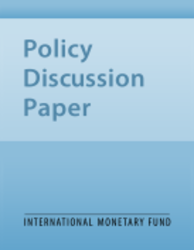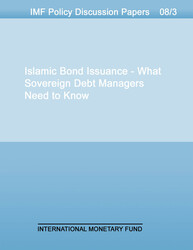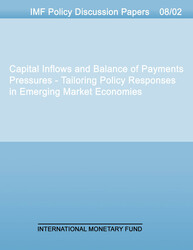
Does Excess Liquidity Pose a Threat in Japan?
This paper examines the effects of quantitative easing implemented by the Bank of Japan (BoJ) since early 2001, looking specifically at the impact on inflation expectations and real asset prices. It suggests a number of possible channels through which quantitative easing may have exerted influence, and reviews some of the empirical evidence linking open market operations and long-term bond purchases to real yields and other asset prices. It argues that quantitative easing has had smaller effects on nominal and real variables than desired, mainly because the BoJ has not succeeded in credibly communicating its policy intentions once the zero bound on short-term rates ceases to be binding. It argues that setting clear goals for inflation and a return to interest rate targeting are not only key elements of a successful strategy to avoid deflation, but are also essential to pin down expectations and avoid instability once deflation wanes.
Publication date: April 2005
ISBN: 9781451975666
$15.00
Add to Cart by clicking price of the language and format you'd like to purchase
Available Languages and Formats
| English |
Topics covered in this book
This title contains information about the following subjects.
Click on a subject if you would like to see other titles with the same subjects.
quantitative easing , interest rates , interest , interest rate , government bonds
Summary
Copyright © 2010 - 2024
Powered by:
AIDC



